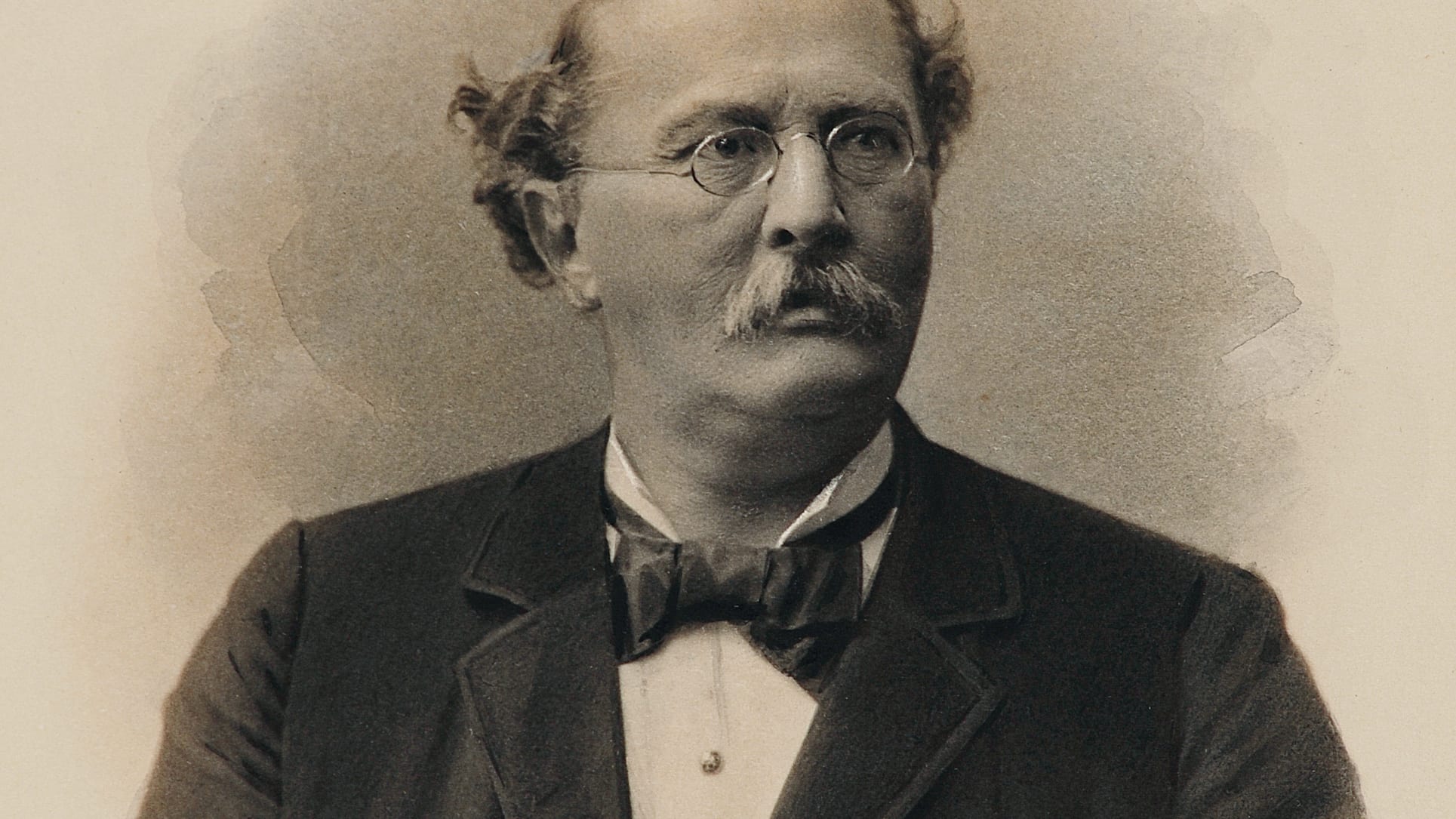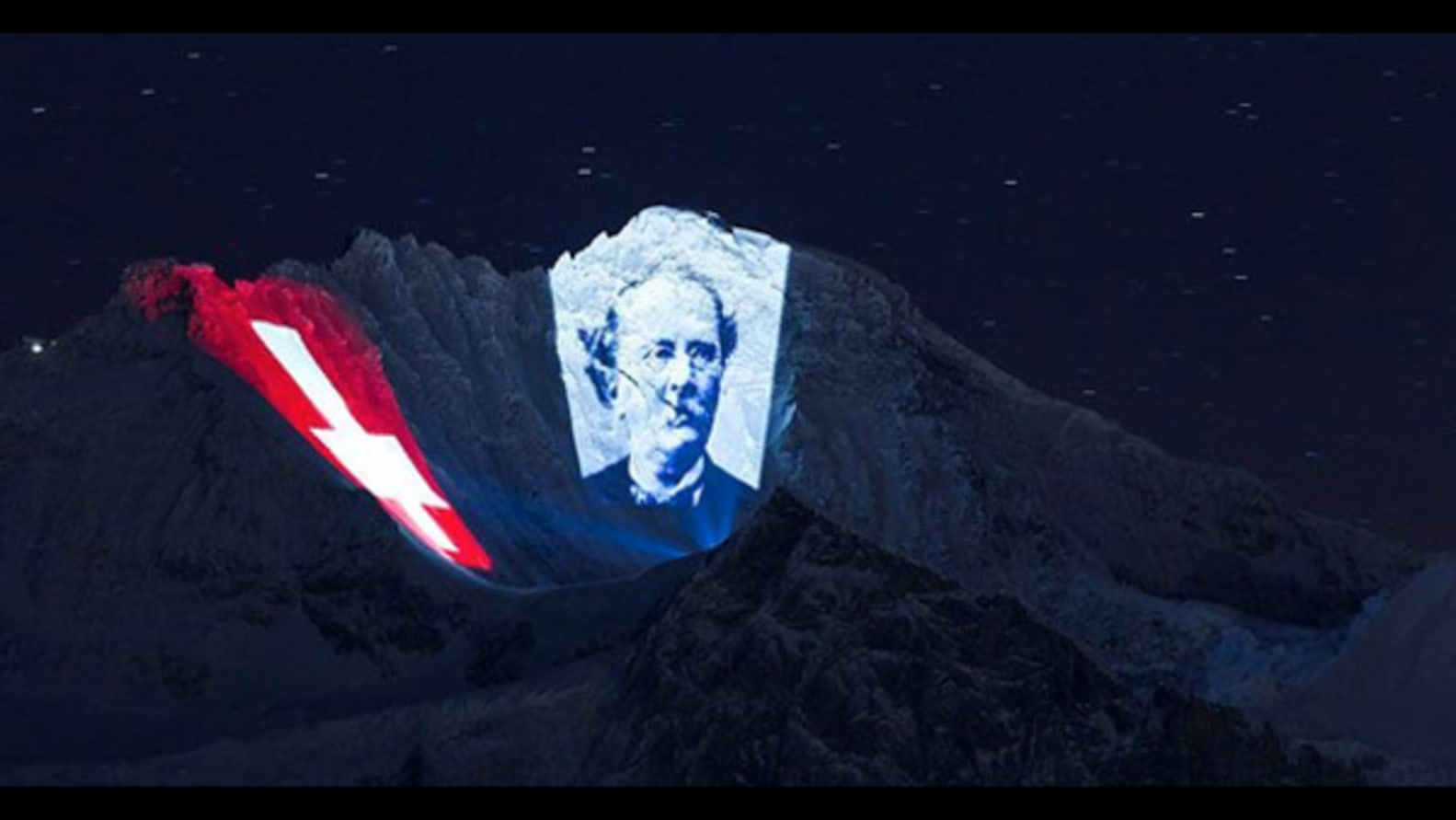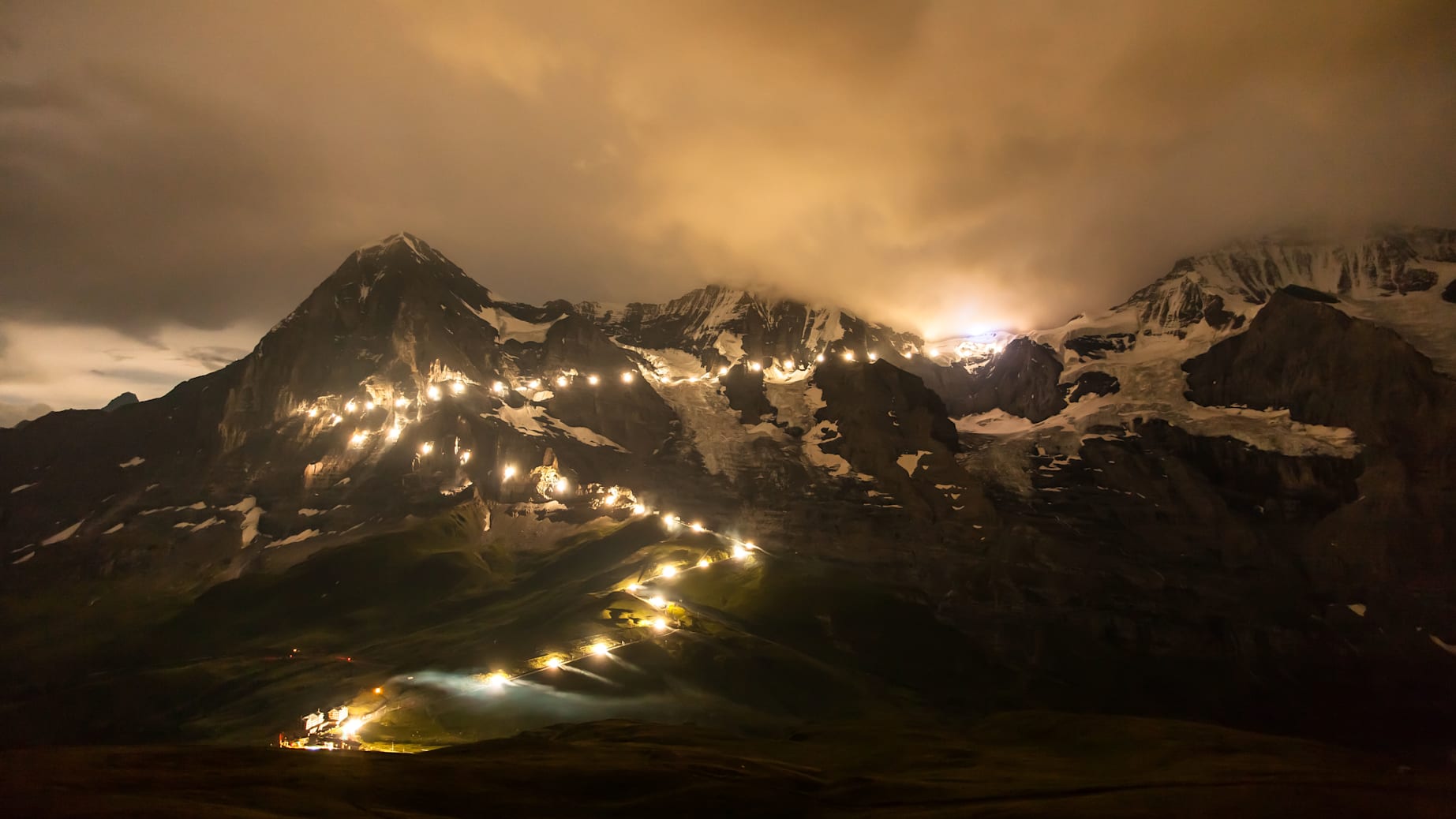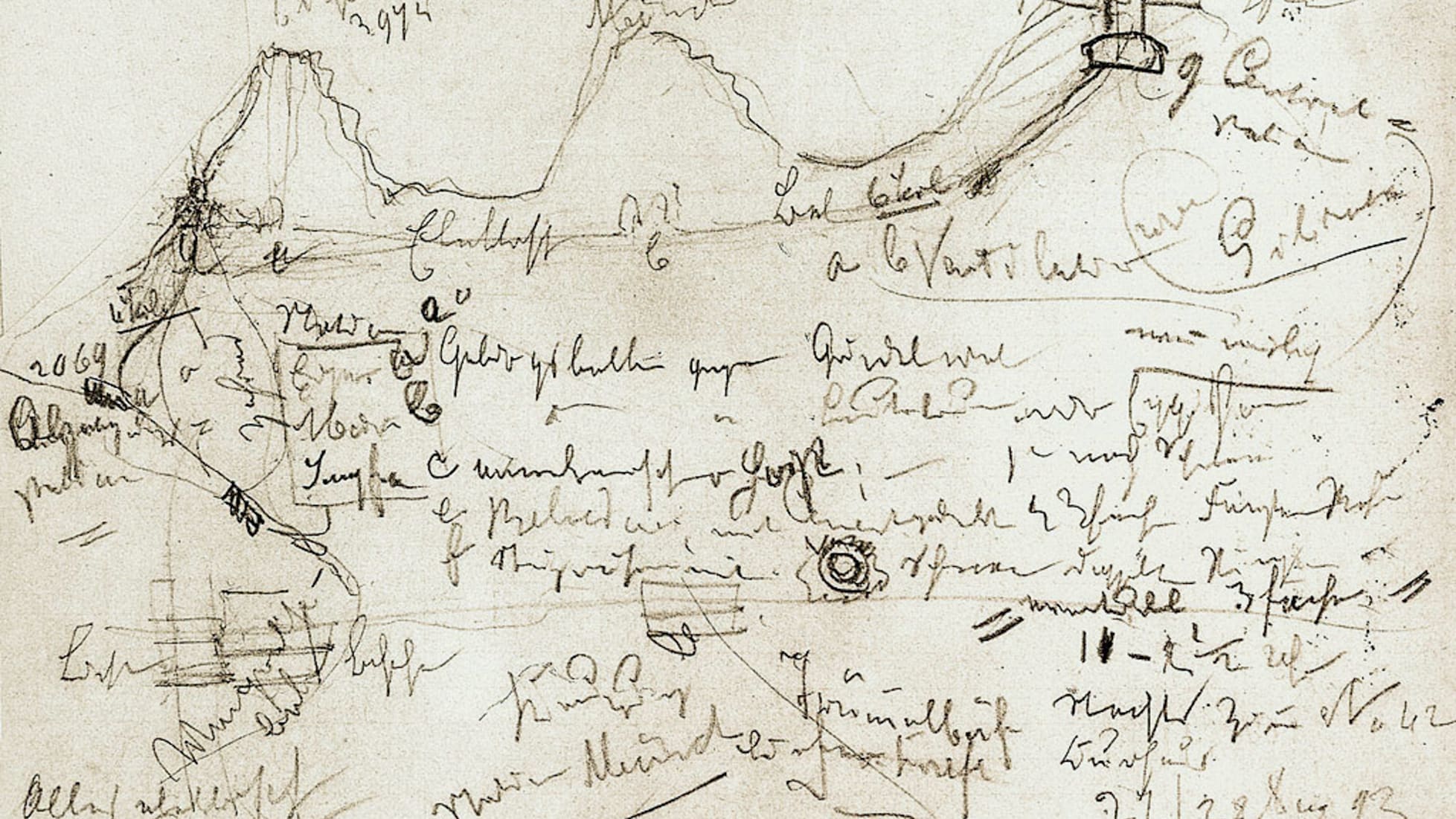-
-
-
-
( )
-

The construction of the Jungfrau Railway is a pioneering project in the development of the Alps. It is accompanied by setbacks and dramas, yet it overcomes every obstacles in the end. Step by step, the visionaries fought their way, first through Eiger and Mönch, then on to Jungfraujoch.
Eiger, Mönch and Jungfrau have long fascinated poets, painters and scholars. The first ascents triggered the desire to build railways through the triple peaks. This desire became a reality at the end of the 19th century. Numerous mountain railways were constructed during Switzerland's rampant "mountain railway fever". The culmination of this wave of construction is the Jungfrau Railway. The construction of the project of the century has been safely transporting passengers since 1912 on the same route to Jungfraujoch, the platform with the most beautiful lookout and adventure platform in the Alps.


The conquest of the Alps via railway inspired numerous engineers, politicians and entrepreneurs. As early as 1869, the restless hotelier and transport politician from Interlaken, Friedrich Seiler, planned a pneumatic railway from Lauterbrunnen all the way to Rottal at the foot of the Jungfrau. A secure mountain trail starting there was to lead to the peak of the Jungfrau. 20 years later, three simultaneously launched projects aroused controversy. They all saw Lauterbrunnental as the point of origin. The engineer Maurice Koechlin wanted to reach the peak of the Jungfrau with a staggered five-section railway and build a rock hotel. His colleague Alexander Trautweiler, from Aargau, wanted to place four independent cable cars in tunnels. And in the third project, Zurich native Eduard Locher wanted to convey carriages of 20 metres in length with compressed air in two straight tunnel sections directly to the peak. None of the projects was realised, however.
